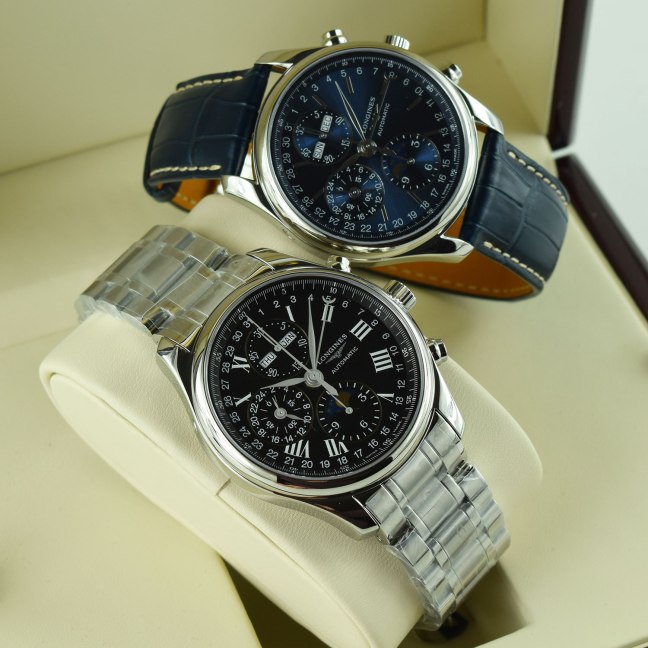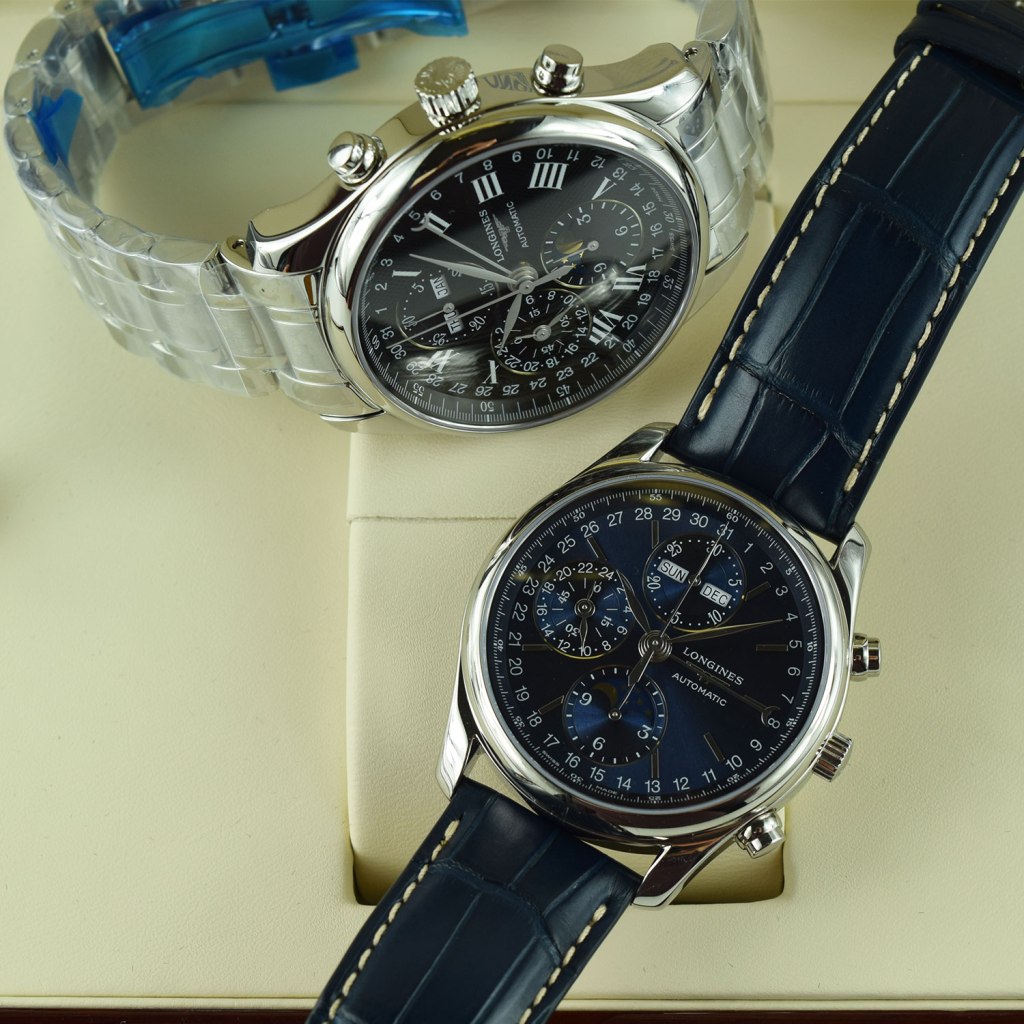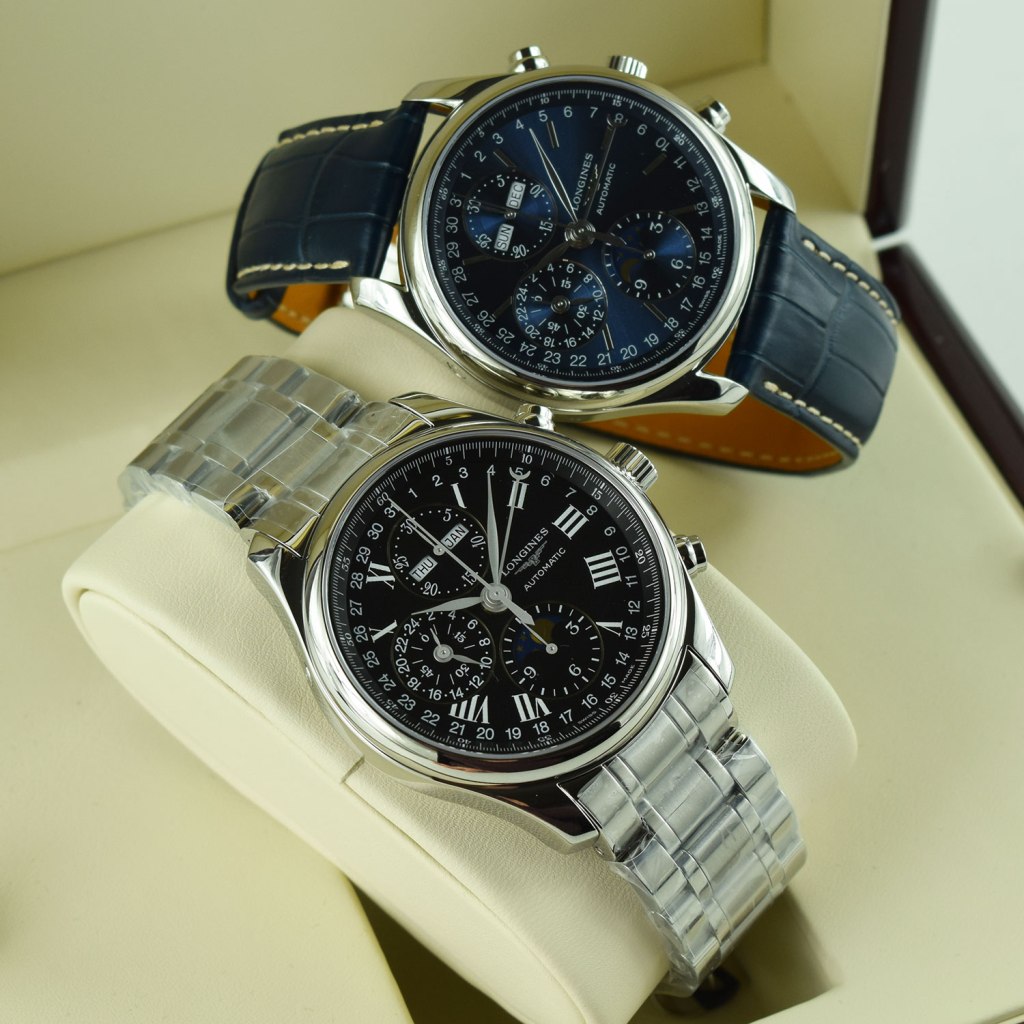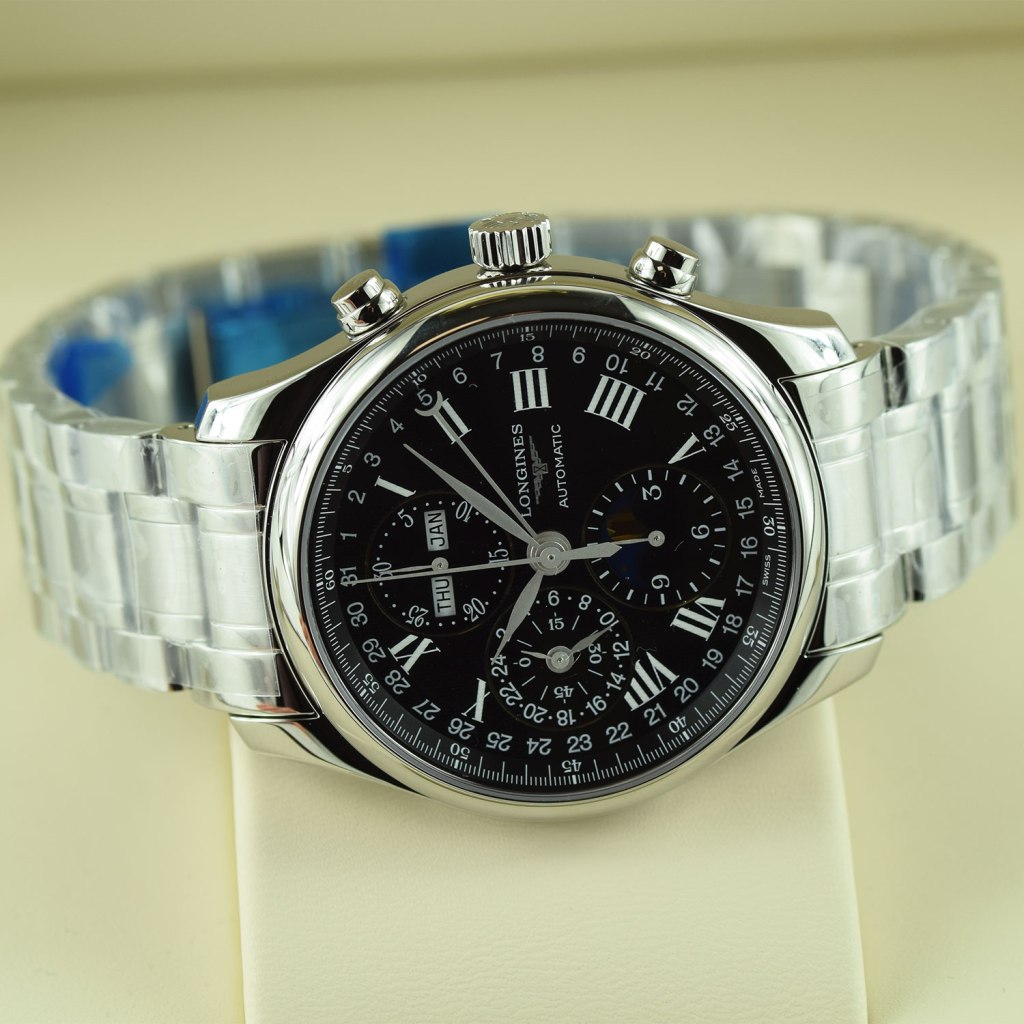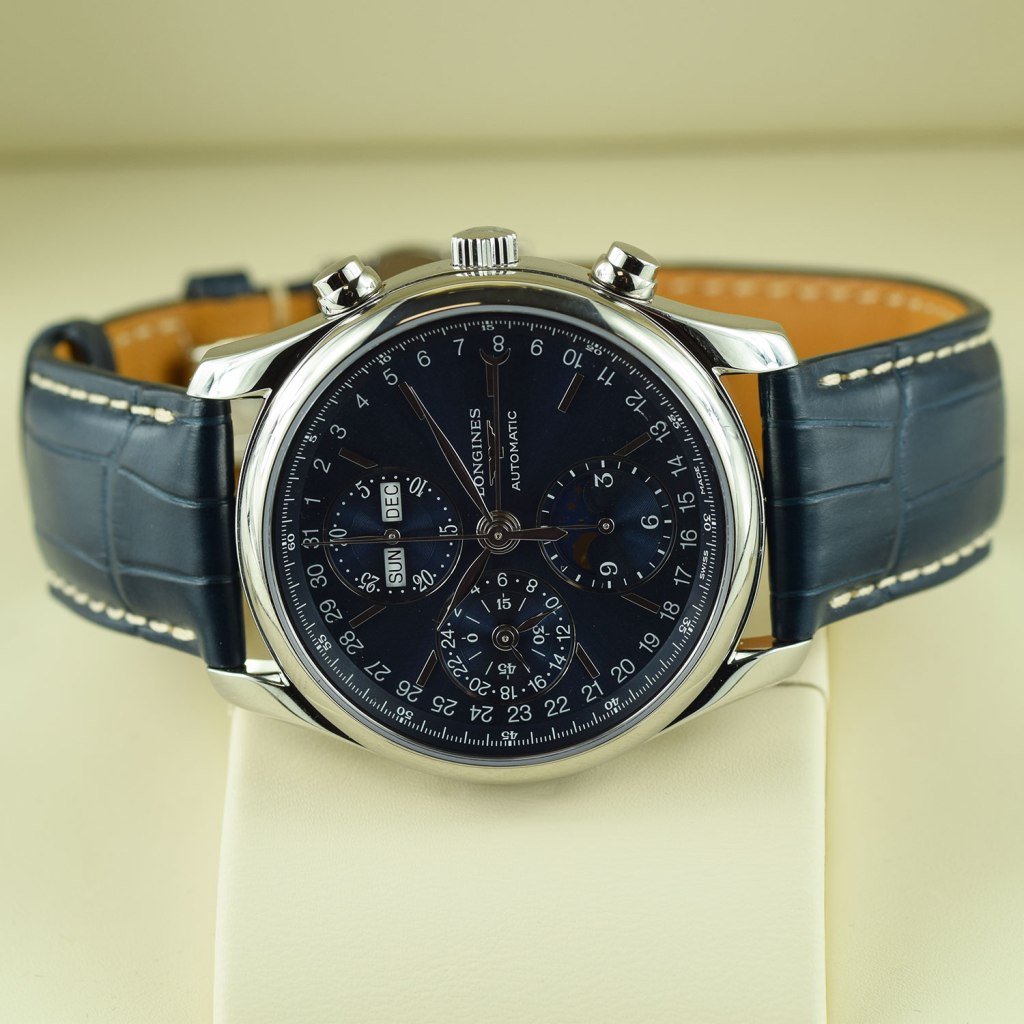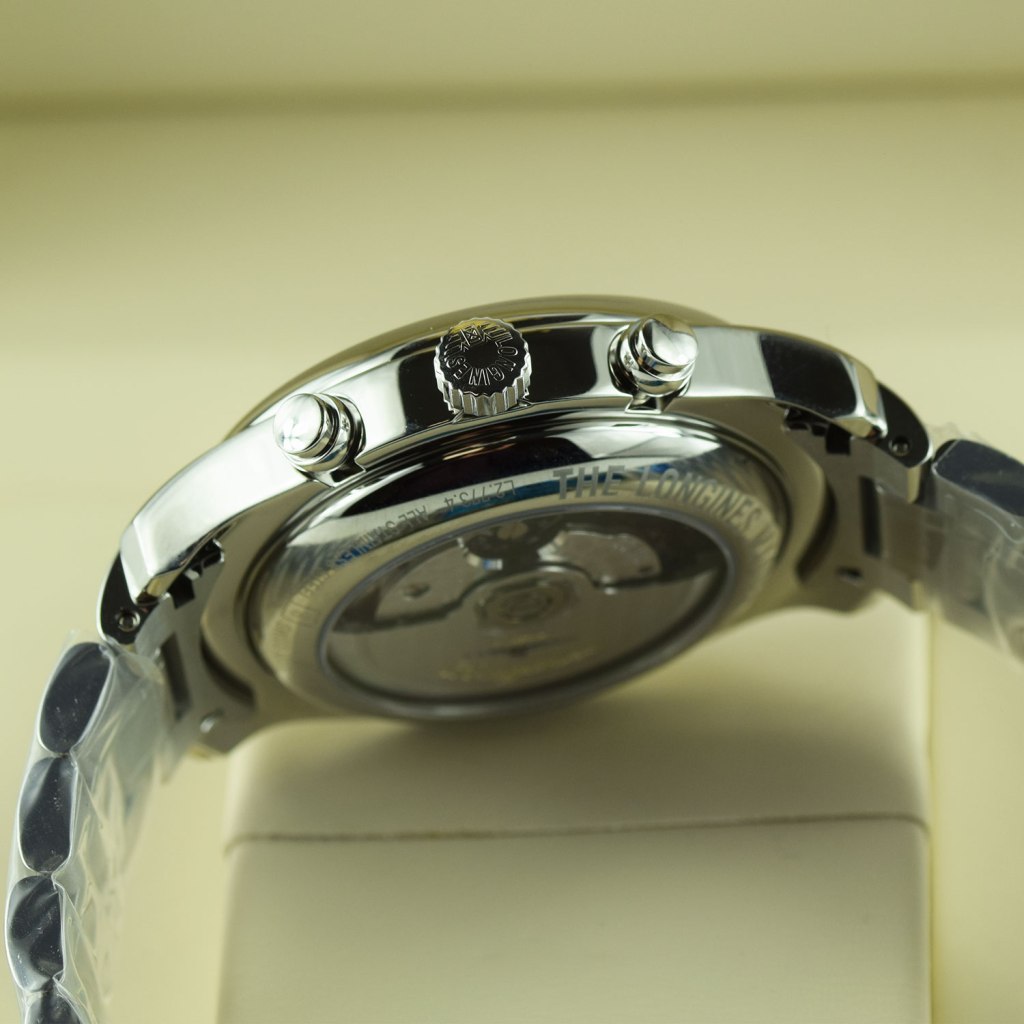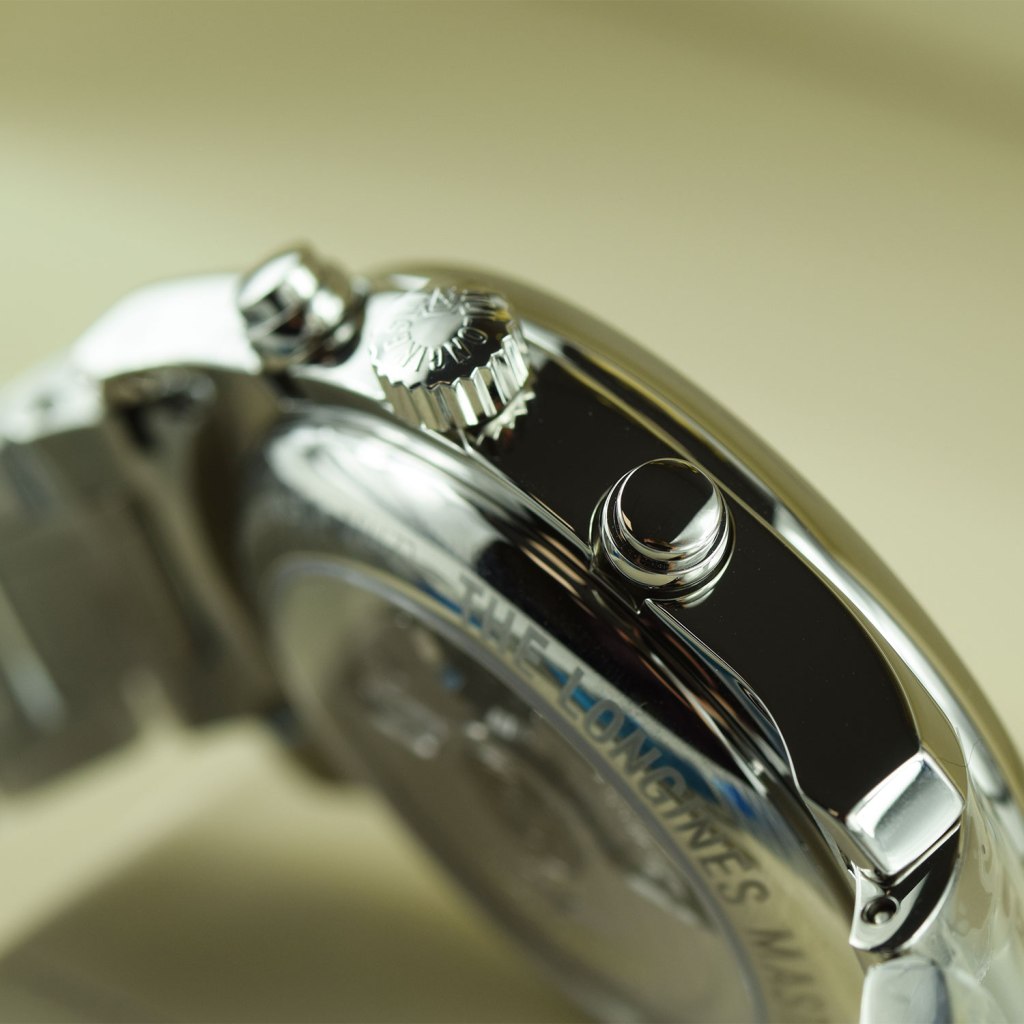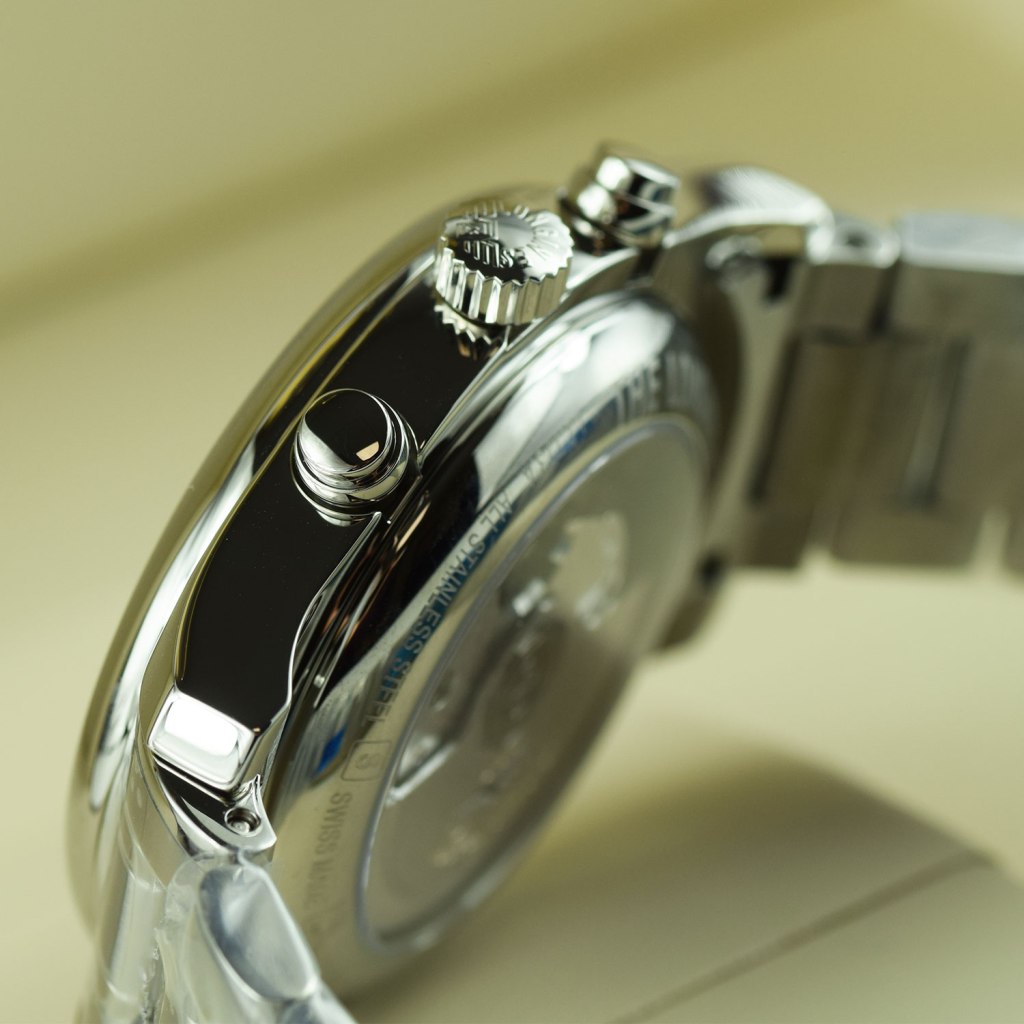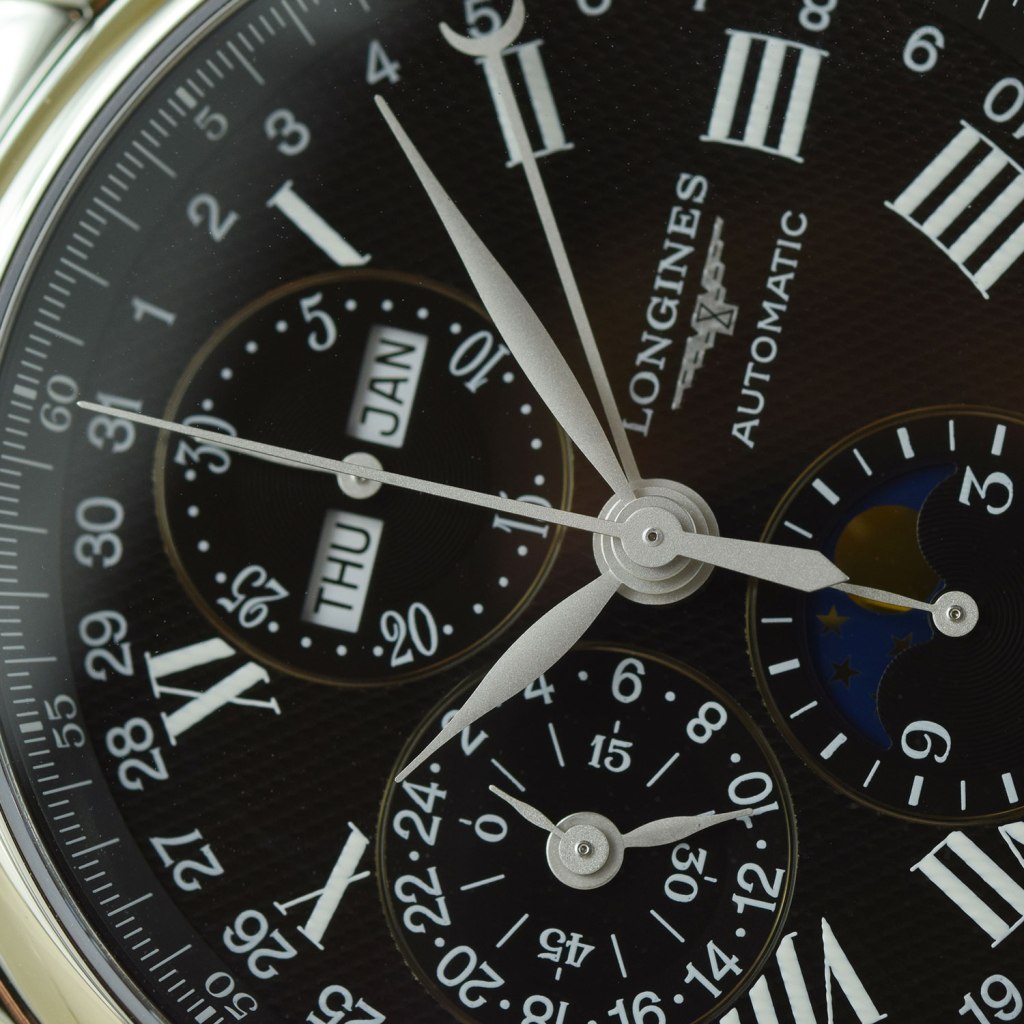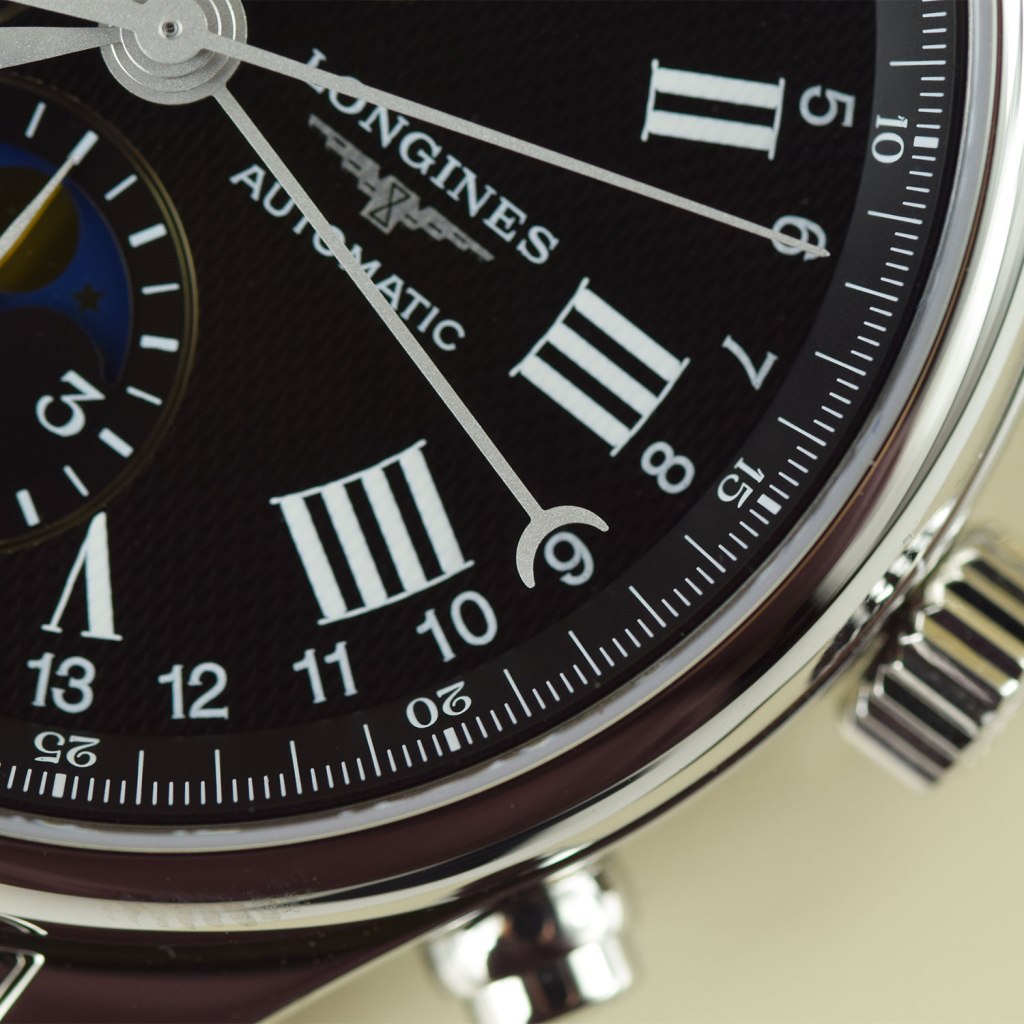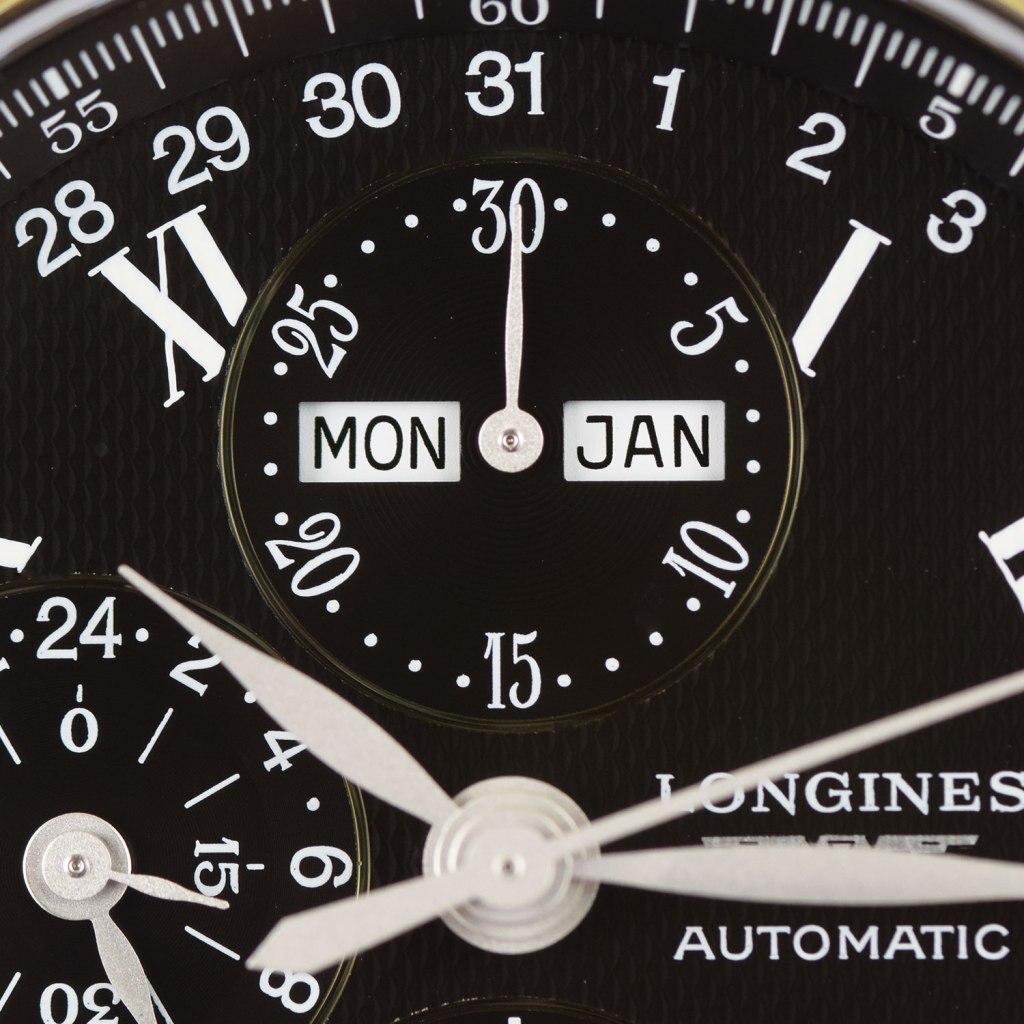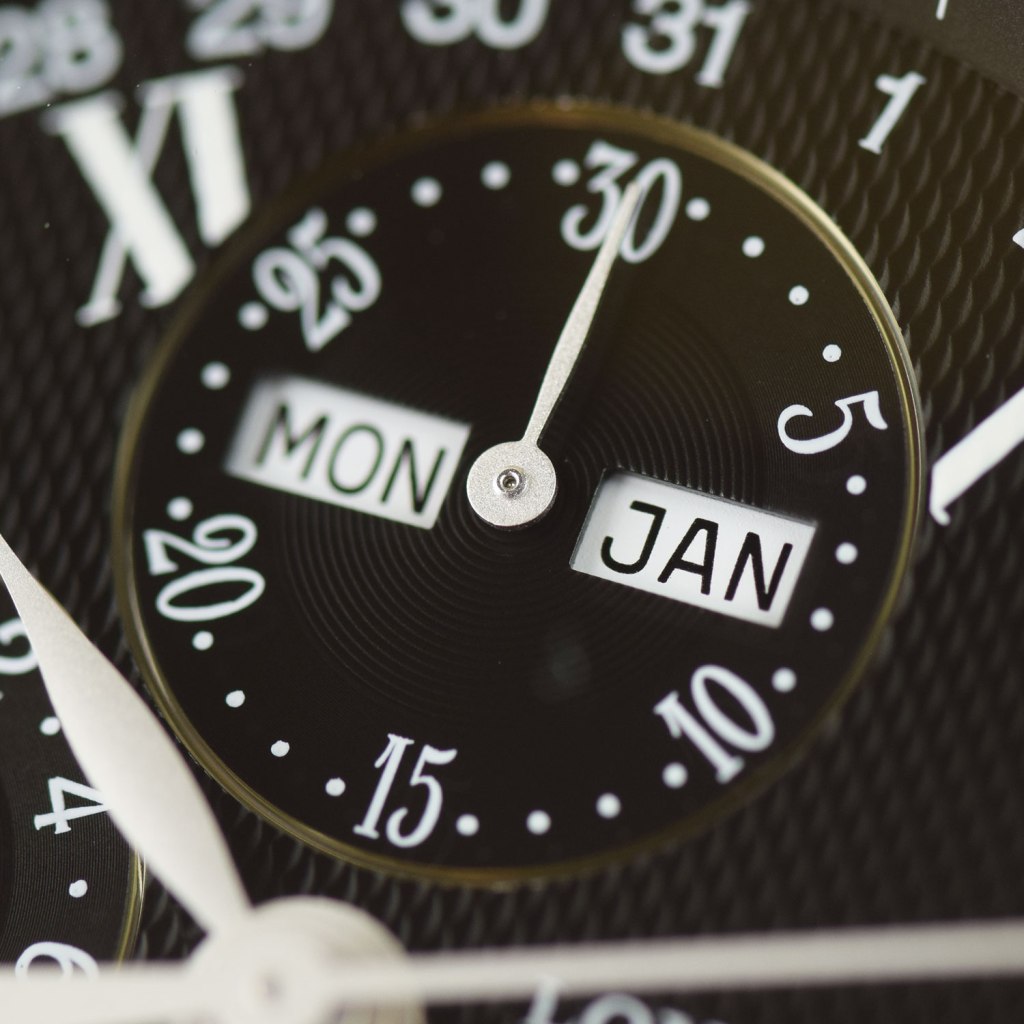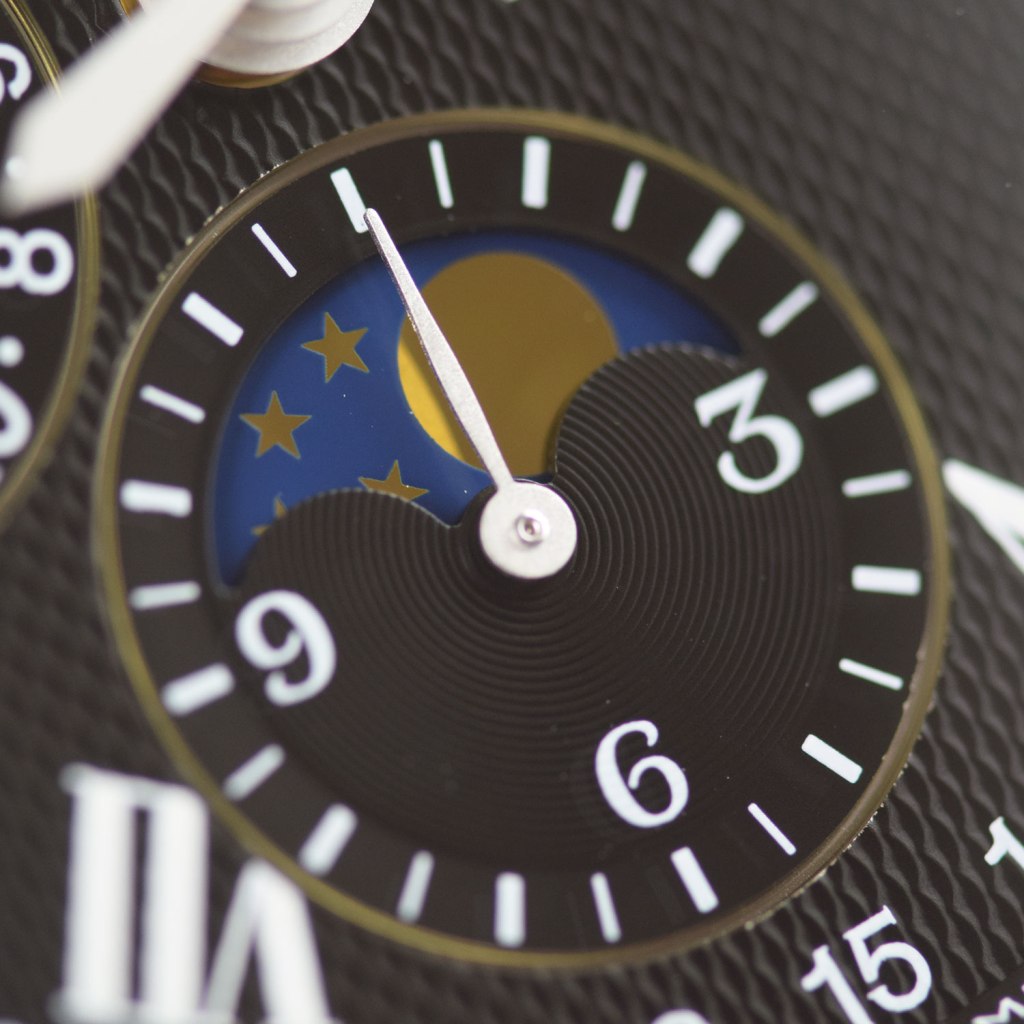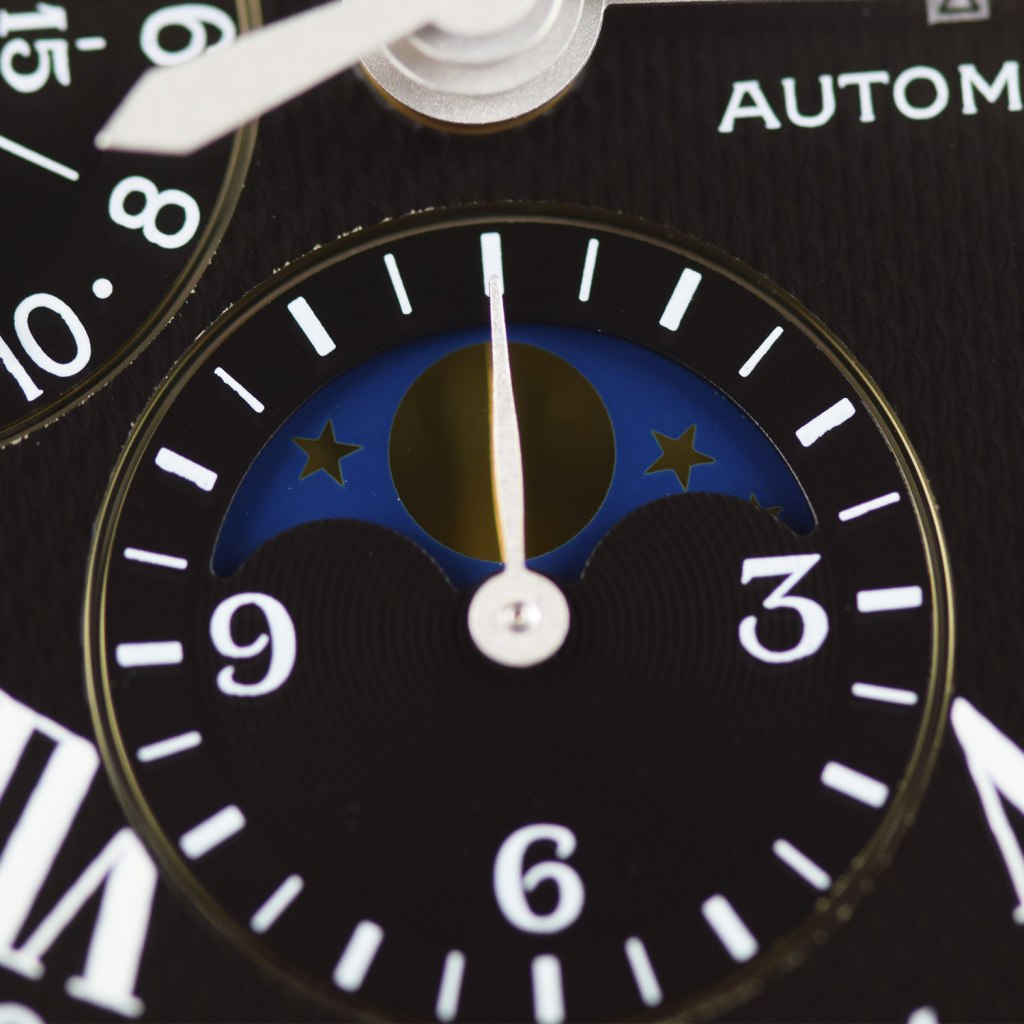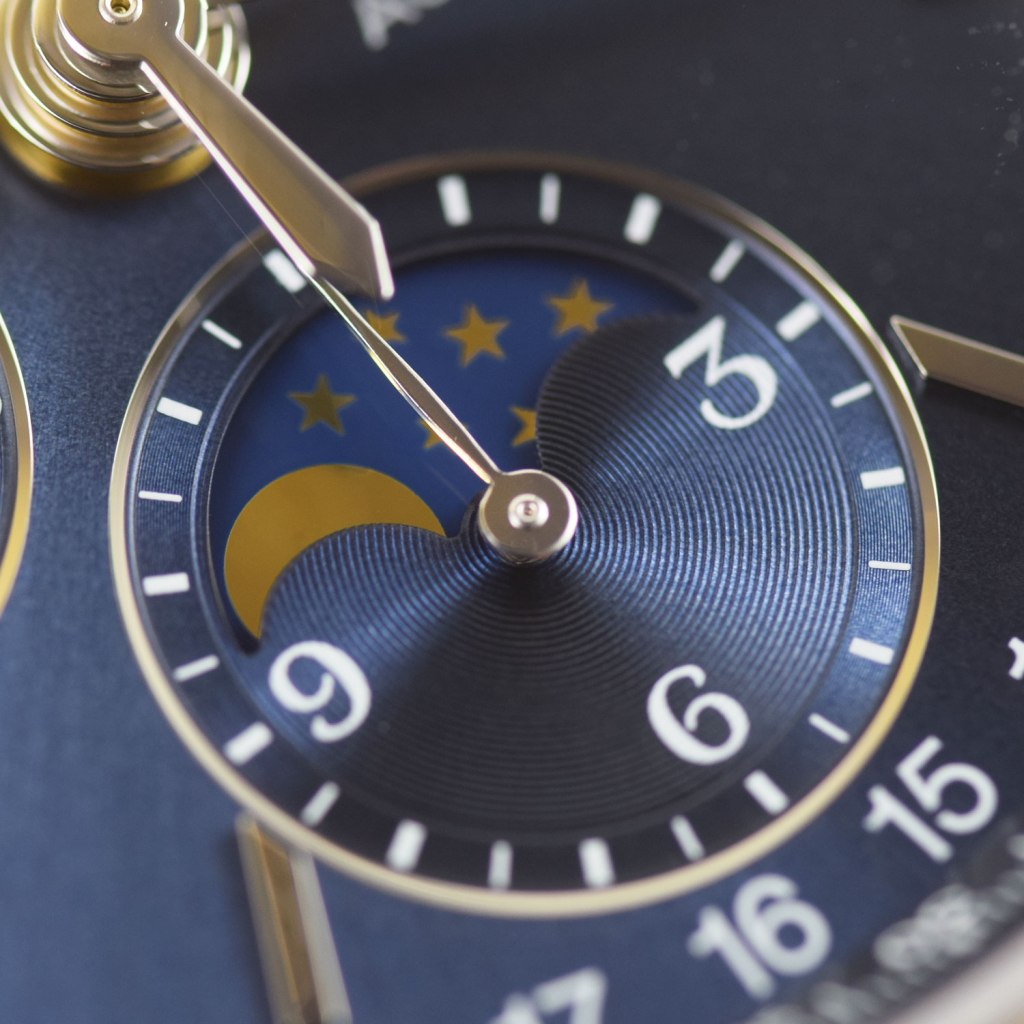In Layman’s terms, a complication is an addition to the movement, which brings another dimension to the time keeping capabilities of a watch. In other words, it makes the watch more complicated…
Complications vary in funtion, size, expense and complexity. There is no set benchmark for how intricate something must be, or how long it takes to assemble, to classify it as a complication. Even the humble date window that accompanies a standard hour, minute and seconds hand, is considered a complication, the same way the mighty minute repeater, in all it’s horological intricacy, is considered a complication.
Unfortunately for most of us, luxurious complications like the minute repeater, tourbillon or perpetual calender will always be out of our price range, especially when they are produced by the elite brands such as Patek Phillipe, Breguet and A Lange and Sohne. Fortunately for us, complication production is not exclusive to the ultra elite Swiss brands. With the help of mass produced movements from companies like ETA and Sellita, entry level brands like Longines, Oris and Breitling are able to offer affordable timepieces with great complications.

We will be introducing some of the most common complications found in horology, due to their usefulness, appearance and value for money. For the purpose of this blog, we will be using two watches from the Longines Master Complications range; L2.673.4.92.0 and L2.773.4.51.6. Both watches are exactly the same with regard to the complications that are included, they only differ in size and colour. Most watches that have complications usually only exhibit one or two, but these longines showcase an impressive 4 seperate complications ( 5 if you count the date seperate to the day/ month indicator). Priced at a little under £2,800, these watches provide a thorough introduction into the depths of the horological world, without having to remortgage your house to buy one.
Chronograph
Probably one of the most recgonisable and popular complications. A chronograph is the horological term for a stop watch. A function used to measure the passing of time between two points. Since the start of the watch industry, the need to time certain events has always been paramount. Racing, diving, flying. All activities that require precise measuring of passed time. On a basic chronograph complication, the second hand (usually located in the centre of the watch with the main hour and second hands) is engaged by depressing the top button on the crown side of the case. The second hand rotates around the dial once every 60 seconds and can be stopped whenever the necessary timed event has concluded by again depressing the same top button on the side of the case.
Depending on the fequency that the movement beats at, the degree to which the time can be measured will vary. Most chronographs will be able to measure 1/10th of a second, whilst some can go as low as 1/100th of a second. Accompanying the second hand, it is common to find 2 subdials. One subdial will count the elapsed minutes (how many times the second hand has completed a full 60 second rotation of the dial) whilst the other subdial will count the elapsed hours of the event. That being said it is not uncommon to only have a minute counter subdial for the chronograph. It is also common to see a third subdial on a chronograph watch, but that is usually the continuous seconds hand measuring the time of day and is seperate to the chronograph. Once the desired time has been read and record, depressing the lower button will reset all of the hands back to 0, ready to be used again.
You can pick up chronographs cheap. Built into a quartz model, you can pick one up for a few hundred pounds. An automatic chronograph won’t set you back a great deal either. You can find great movements from great brands within a the region of £1-1.5k.
As with everything in Swiss watch making, brands are always looking for new ways to do things. Some might say looking for ways to make complications more complicated. With chronographs this can and is being done. Common variations include:
- One-pusher chronograph- One button controls the start, stop and reset function of the stopwatch
- Rattrapante/Split seconds chronograph- A chronograph with two seconds hands, they run concurrently but can be stopped independently. Useful for timing laps or multiple finishing times.
- Fly-back chronograph- A chronograph that can be instantly restarted without having to stop the watch first.
Needless to say, these variations require more hours in research, production and assembling, significantly increasing the price.
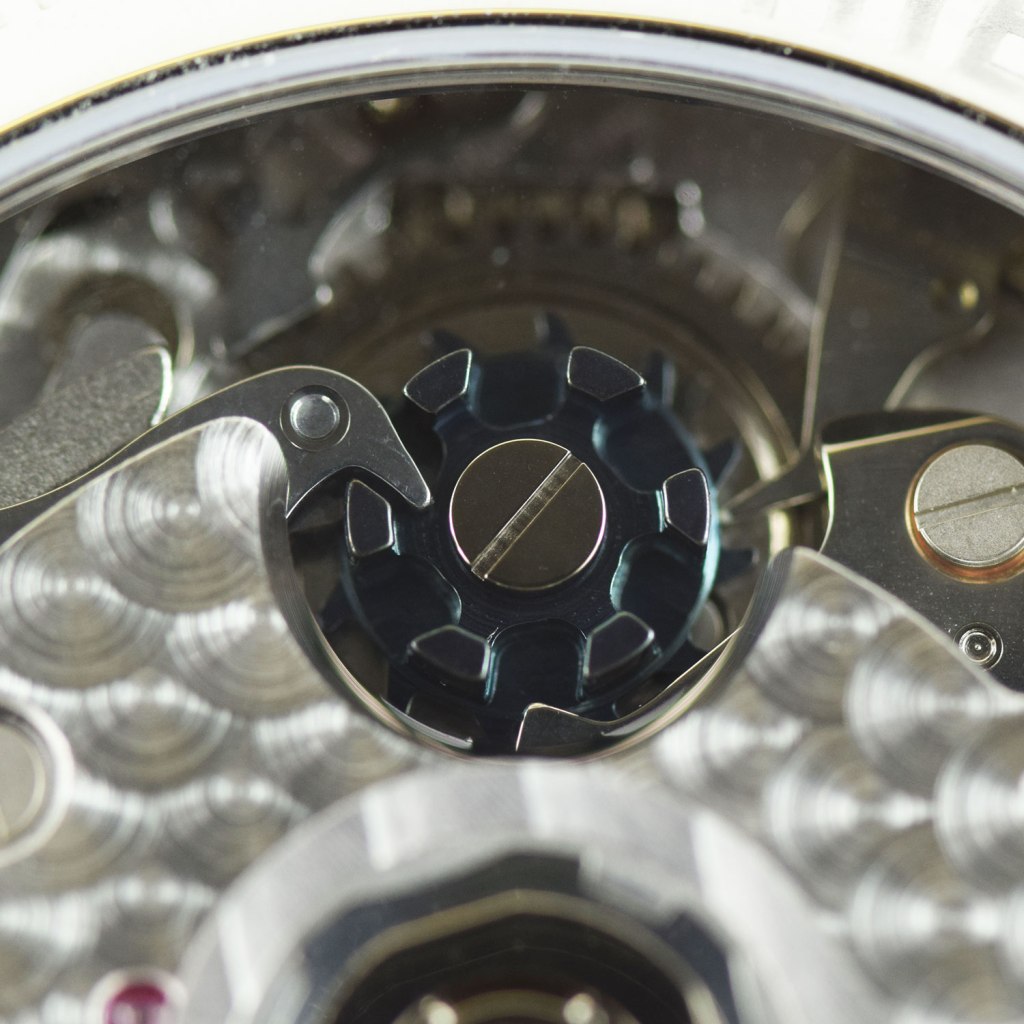
Calender
Everyone uses one. On their phone, in a diary or pinned to the fridge. For centuries, a calender has been an important tool for planning events. Always striving for convenience, watchmakers developed movements capable of displaying a calendar. Commonly watches will display a date feautre in isolation, but calender movements can include the full date, day and month. There is no set format as to how they are displayed, some models may choose to go for numbers only, others may use words to depict the day and month.
The Longines L2.773.4.52.6 has opted for a combination of word and number displays for it’s calendar. Utilising the space in one of it’s subdials, two windows showing the day and month in abbreviated form are displayed in black on a white background for contrast. To complete the calender, the very edge of the dial is lined with numbers from 1 to 31, indicating the days in the month. A long hand with a half moon cresent points from the centre of the watch to the day’s date to give the full date, day and month. Due to the relative simplicity of this calendar function, it does not account for irregularities in the calender such as leap years or months of varying length.
More complex, expensive variations of the calendar complication are also in production by many brands:
- Annual calendar-A complication that will feature a day, date and month and a usually a moonphase. This version accounts for the longer and shorter months but will not account for the 29th day of February during a leap year, every 4 years.
- Perpetual calendar- A variation of the calender complication which perfectly accounts for longer and shorter months as well as the leap year every 4 years, providing the watch is always wound and in motion, the date will not have to be changed until 2100.
Moonphase
Historically, cosmic entities have always been used for time keeping and navigation. The Sun, Moon and stars have given estimations as to the coming and going of the seasons, the change from AM to PM and course corrections that can be made when travelling around the world. To this day the moon holds a strong influence over many large aspects of our lives. It determines the date that holidays such as Easter and Passover are celebrated, in the Christian and Jewish faiths respectively. It controls the tidal activity across the whole planet. It even gives rise to desire in budding astronauts to launch into space in an attempt to land there. The moonphase complication pays homage to the significance of the Moon and lunar cycle not only in horology, but in the world.
A moonphase indicates the 29 1/2 day lunar cycle. As time passes, the disc will shift to reveal the moons shape, from crescent moon, to half to full moon. Moonphase complications are often elegantly decorated and ornate in their finish. The main disc is usually a dark navy colour, symbolising the dark night sky, whilst the moon and stars are commonly gold or silver colours to provide a bright contrast, just as they do in real life, shining out from their dark background. Due to the delicate nature of the moonphase, it is very common that a seperate pusher is fitted into the side of the watch for the setting of the moonphase. A stylus tool is usually always provided to assist in shifting the disc to the right position.
A moonphase complication is a thing of beauty. It brings real character and depth to a watch face. It catches the eye and really can be that feature that makes the owner look at their watch and say “i love wearing this”. But the truth is, a moonphase is borderline unecessary. As a human race, we do not rely on the Moon like we did in the past. There isn’t any reason why anyone would need to know and track the lunar cycle in it’s almost 30 day course on your wrist. Die hard astronomers may argue this point but it always remains, the moonphase is not needed the same way that a chronograph or calendar feature is needed in this modern world. But, there is something in that, that seperates the moonphase from all the other complications on this Longines L2.773.4.51.6. That thing arguably puts the moonphase into the elite tier of complications along with things such as the tourbillon and minute repeater. And the thing is this. The moonphase isn’t really there out of necessity or to perform a vital role, it is there simply because it can be.
24 hour display
Probably the most simple complication on the Longines we are looking at today. Crammed into the sub dial at 9 o’clock is both the standard sweeping seconds for the general time and a print of arabic numerals along the edge of subdial up until 24. The larger hand in this subdial runs in synchronisation with the main hour hand, and points to the time as it appears it 24 hour format. Reading from this subdial, the wearer can discern between the AM and PM hours.
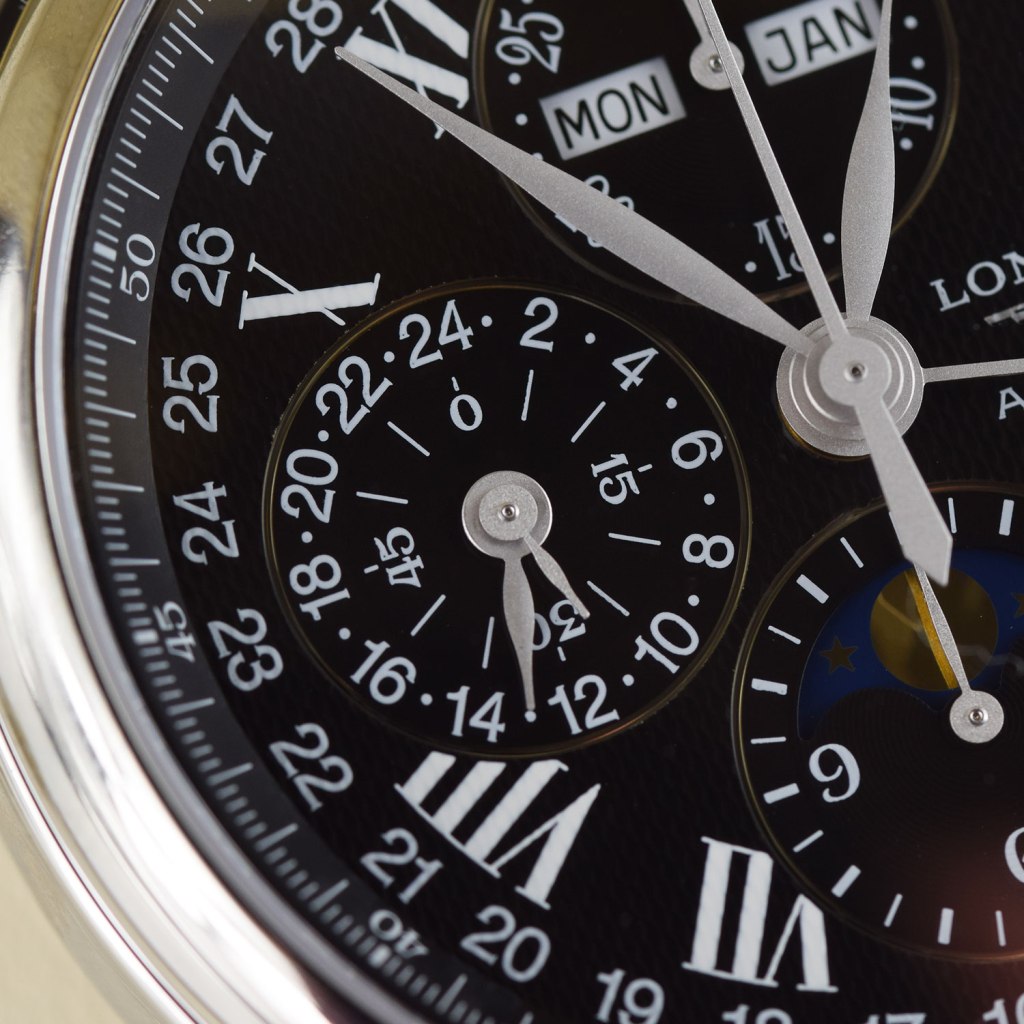
Whilst this L2.773.4.51.6 is limited to one time zone (albeit 12 and 24 hour displays) variations of time displays can include multiple time zones. Known as a GMT function, watches can included multiple hour hands that point to hours usually printed on the bezel. When correctly set, one hour hand will point to local time whilst the other will point to the wearer’s home time, wherever that may be. These two times can then be read simultaneously. Some brands have developed GMT watches that showcase more than 2 time zones, with some watches able to show all of the 24 time zones at one time.
Verdict
Complications are a great way of making a timepiece more special, valuable and sought after. Providing the presence of one of the above mentioned, or any other complication doesn’t price you out when purchasing a watch, we would recommend looking for a watch that includes one. It does require some consideration as in order to make the most of it, you will need the complication that suits the way you will use the watch. But take the time to consider, in our opinion, it is definitely worth it.

